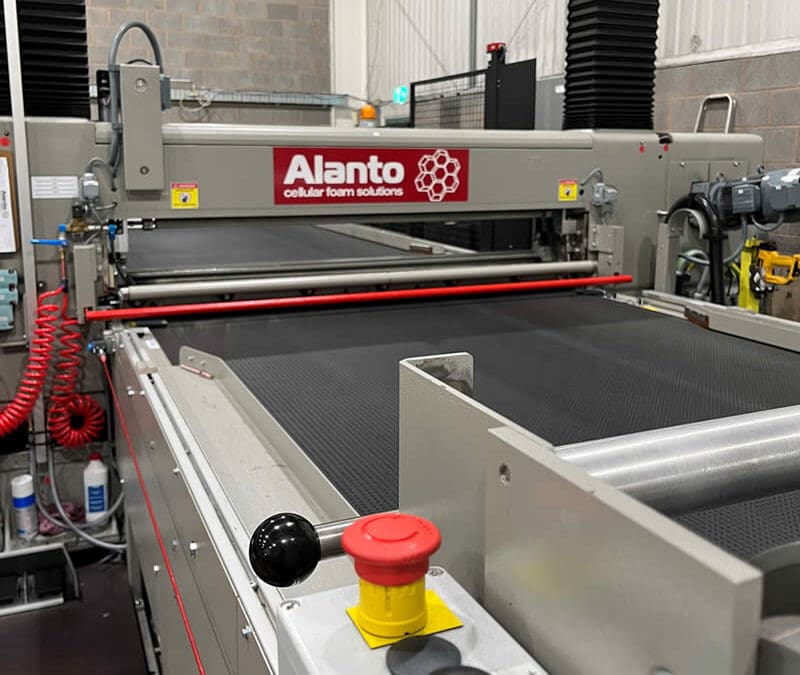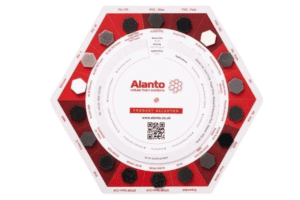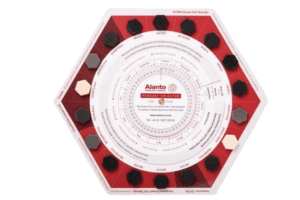Summary. Explore how Advanced Foam Conversion and Foam Conversion Applications enhance efficiency, reduce costs, and meet compliance. Discover innovative solutions addressing high material costs, complex designs, sustainability, and supply chain inefficiencies.
In today’s fast-evolving industrial landscape, businesses are continually seeking ways to enhance efficiency, reduce costs, and maintain the highest standards of quality and compliance. One transformative solution lies in advanced foam conversion technologies – a sector that has seen significant innovation aimed at addressing some of the most pressing challenges faced by industries ranging from Construction to Packaging. This blog explores how cutting-edge foam solutions can tackle high material costs, complex design requirements, stringent compliance demands, environmental concerns, and supply chain inefficiencies.
Addressing High Material Costs Through Advanced Foam Conversion
Foam products are essential in various applications but can be prohibitively expensive. Advanced foam conversion technologies are now enabling businesses to use more cost-effective materials without compromising the quality. Techniques such as computer-aided design (CAD) and computer-aided manufacturing (CAM) allow for more precise usage of materials, significantly reducing waste. Additionally, the development of new foam materials that offer similar or improved properties at a lower cost is making foam products more accessible and economical for a broader range of businesses.
Navigating Complex Design Requirements with Precision
Many industries require foam products that meet very specific design specifications. Advanced foam conversion technologies facilitate the creation of highly complex designs that were once difficult or impossible to manufacture. Using sophisticated cutting and moulding techniques, converters can now produce custom foam products with intricate shapes and precise dimensions. These capabilities are particularly crucial in industries like electronics, where components must fit exact specifications to function correctly.
Ensuring Compliance and Safety Standards in Foam Products
In sectors such as automotive and healthcare, foam products must adhere to rigorous safety and compliance standards. Advanced foam conversion processes incorporate quality control systems that ensure every product meets industry-specific regulations. This not only helps businesses avoid costly penalties and recalls but also enhances the safety and reliability of the foam products used in sensitive applications. Whether it’s flame-retardant foams in construction or medical-grade foams for healthcare, modern foam technologies are equipped to meet these critical standards.
Promoting Sustainability with Eco-Friendly Foam Solutions
Environmental sustainability is no longer just a trend but a significant factor driving innovation in foam conversion. As companies increasingly prioritise green manufacturing processes and products, the foam industry is responding with solutions that minimise environmental impact. This includes the development of bio-based foams, improvements in recyclable foam products, and processes that reduce emissions and waste during production. Such innovations not only help companies meet regulatory requirements and corporate sustainability goals but also appeal to the growing market of environmentally conscious consumers.
Solving Supply Chain Inefficiencies with Reliable Foam Conversion Partnerships
Supply chain inefficiencies can severely disrupt production schedules and impact business operations. Advanced foam conversion technologies improve supply chain reliability through faster production times and more flexible manufacturing capabilities. By partnering with foam converters that utilise state-of-the-art technologies, businesses can expect shorter lead times, more consistent product quality, and greater flexibility in order handling. These improvements can significantly mitigate the risk of supply chain disruptions and help businesses maintain steady operations even in volatile market conditions.
Conclusion
The future of industrial manufacturing and design is being shaped significantly by advancements in foam conversion technologies. By addressing common pain points such as high material costs, complex design requirements, strict compliance and safety standards, environmental concerns, and supply chain inefficiencies, advanced foam solutions are poised to transform a multitude of industries. As businesses continue to seek innovative ways to enhance their products and processes, the role of foam conversion technologies will undoubtedly become more critical.
By staying informed and engaged with the latest developments in foam conversion, companies across all sectors can leverage these advancements to improve their competitiveness and operational efficiency. The potential for transformation is vast, and the journey towards more innovative, cost-effective, and sustainable foam solutions is just beginning.


